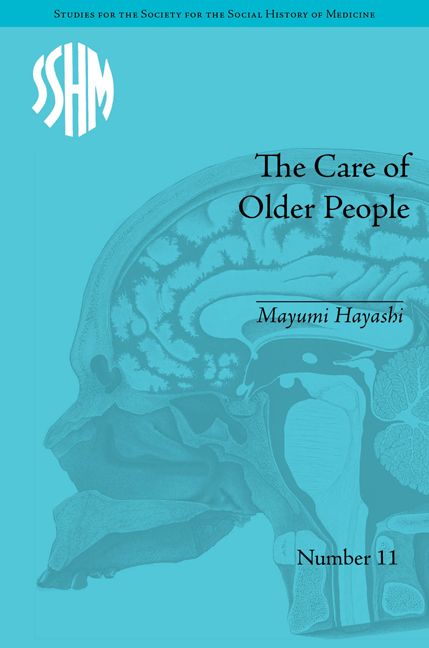3 - The Norfolk Experience
Summary
This chapter considers regional residential care arrangements for older people in England. It examines how national legislation and policies were interpreted and implemented by the local authorities or councils after the 1920s according to their individual contexts, rather than attempting to fit them within broad or assumed national trends. Focusing on statutory residential care provision, the chapter examines whether regional experiences have any relevance to the national context. Features peculiar to the region are noted, while stressing the interaction of national and regional priorities, influences and practices. The county of Norfolk is the English example, and the chapter looks at Norfolk county and Norwich county borough councils separately until the 1974 local government reform in England and Wales created the enlarged unitary Norfolk County Council.
In the early twentieth century, indoor long-term care for the aged poor, sick or frail in Norfolk was provided mainly in twenty-two union workhouses under the 1834 Poor Law, each administered by an elected board of guardians. Under the 1929 Local Government Act, county and county borough councils took over Poor Law services and workhouses, which were subsequently administered by their Public Assistance Committees. Norfolk comprised three councils: Norfolk county itself and the more urban Norwich and Great Yarmouth county boroughs.
Norfolk is England's fifth largest county and covers 2,074 square miles of mainly rural and low-lying country. It was dominated by Conservative councils throughout the period studied. Its sparse, largely homogeneous population increased from 505,000 in 1931 to 742,000 by 1991, people aged 65-plus then constituting 19.2 per cent, compared to the national average of 16.1 per cent.
- Type
- Chapter
- Information
- The Care of Older PeopleEngland and Japan - A Comparative Study, pp. 69 - 94Publisher: Pickering & ChattoFirst published in: 2014



